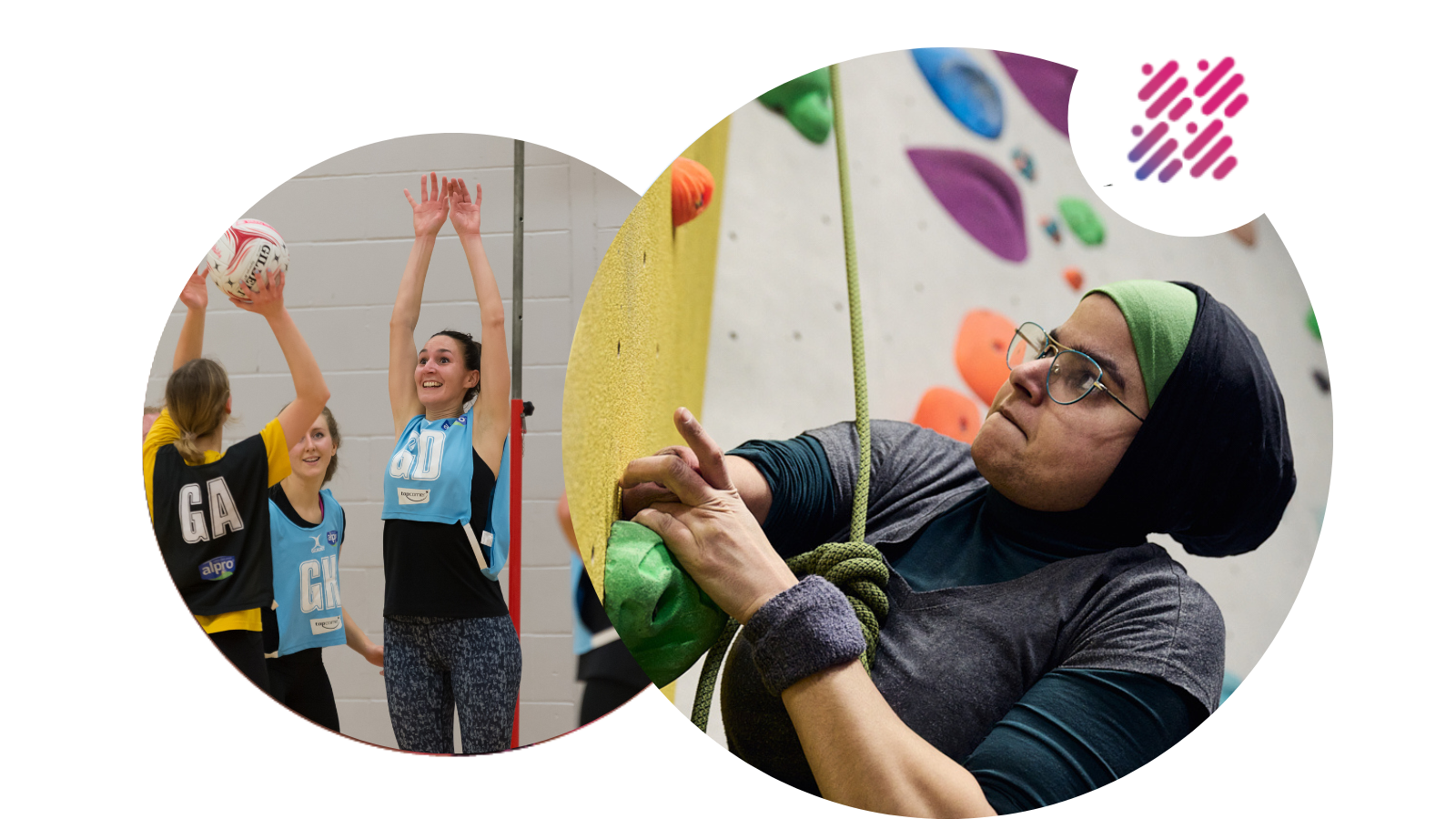More than 40 percent of Children and Young People Lead Active Lives

More than 40% of children in England do an average of more than 60 minutes of physical activity a day, a first-of-its-kind survey has found.
Sport England's Active Lives Children and Young People Survey shows that around 3 million children (43.3%) lead active lives, however of that group, only 1.2 million (17.5%) are meeting the Chief Medical Officer’s guidelines of more than 60 minutes of activity a day, every day of the week.
The survey is the largest ever of its kind and gives comprehensive insight into how children in England are taking part in sport and physical activity, both in and out of school.
Figures also show that more than 2.3 million children and young people (32.9%) are less active, meaning they do fewer than 30 minutes of physical activity a day.
Click here to read the report.
A further 1.7 million (23.9%) are fairly active, doing between 30 and 59 minutes of physical activity a day.
The report is based on responses from more than 130,000 children aged 5-16 in England during the academic year September 2017-July 2018. And results show some significant inequalities in activity levels, based on family income.
In total, 39% of children in the least affluent families do fewer than 30 minutes of activity a day, compared to 26% of children from the most affluent families. And while 77% of all children can swim 25 metres unaided by the time they leave primary school, that figure drops to 42% for children from the least affluent families and is at 86% for the most affluent.
Other findings include:
- There's not a lot of difference in the amount of sport and physical activity that takes place inside school, compared to activity levels outside of school, so both have a critical role to play. With 22% of children active for at least 30 minutes per day outside of school, while 28% of children do so in school.
- Activity levels peak at the end of primary school to the beginning of secondary school, but no age group reaches a majority of children doing the recommended levels of 60 minutes per day, every day.
- The type of activity preferred changes as children get older. ‘Active play’, such as tag or scootering, is the most popular form of activity for younger age groups, with team sports growing in popularity as children get older. By school Years 7 and 8, team sports are the most popular and remain so through to age 16.
- There is a gender divide between activity levels of boys and girls. Boys are more likely to be active every day than girls – 20% (boys) versus 14% (girls). This difference increases as girls get older, with a large gap opening from the end of primary school (Years 5 and 6).
The survey, carried out independently by Ipsos MORI, also covers the ‘outcomes’ of sport and activity and helps to show the benefits of being active on both the physical and mental wellbeing of children, but also their personal development and that of their community.
Figures show increases in these benefits as children are helped to be more active and Sport England's chief executive, Tim Hollingsworth, says now is the time for action.
I am calling for a national focus on the health and wellbeing of our nation’s children and for the whole system to be united in delivering change. Our children deserve better and Sport England is determined to play its part. Parents, schools, the sport and leisure industry and government all have a role to play in addressing and increasing childhood activity.
This research is the first of its kind anywhere in the world and is a big wake-up call for all of us. We all care about the health and wellbeing of our children. These results tell us that what is currently being done to support them is not enough and change is required.
We know that lots of factors affect behaviour and there is no single answer to the problem but listening to young people and what they want is the best starting point. In March we will publish the first results of our research on the attitudes of children to sport and activity, showing what they do and don’t like about being active.”
That March report will help the sector further understand the barriers, motivations and attitude of young people towards physical activity, allowing us to help provide solutions that meet their needs.
Sports Minister Mims Davies said:
While it is encouraging that 3 million children do at least an average of 60 minutes of sport or physical activity every day, the number of young people who are not doing enough is simply unacceptable.
We know that an active child is a happier child and efforts must be stepped up to encourage young people to live healthy, active lives and I know that Sport England are committed to making progress in this area.
Our School Sport and Activity Action Plan will also ensure that all children have access to quality PE, sport sessions and clubs. Together with the sport sector, parents and our local communities, we must build a comprehensive and cross Government offer to create a truly active nation."
Public Health England's head of diet, obesity and physical activity, Dr Alison Tedstone, added:
Physical activity is crucial for good physical and mental health of children and young people - this work is a timely reminder for everyone to do more to help them be more active.”
For more details about the Active Lives Surveys, click here.
ENDS
Latest news from Active Black Country
View all news
INSIGHT HUB
Timely data and learnings in relation to physical activity and sport in the Black Country and the added value we can offer.
Our Black Country Water Safety Programme has had a big impact since launching. Access our free resources for schools to increase the number of children who are water safe and boost their enjoyment of swimming.

ACTIVATION ACADEMY
Resources and training material to support the Black Country sport & physical activity workforce.













